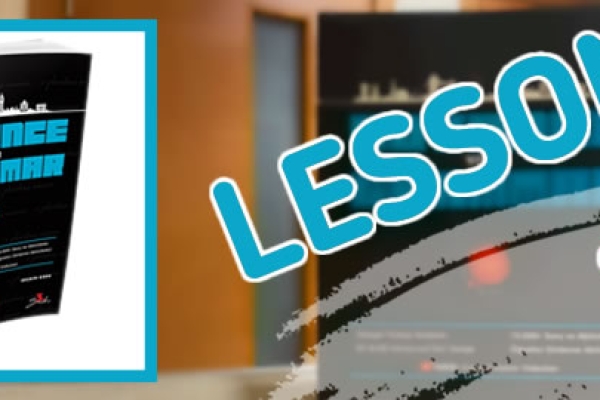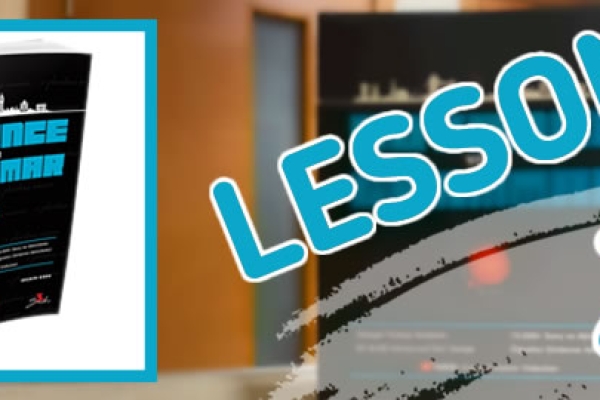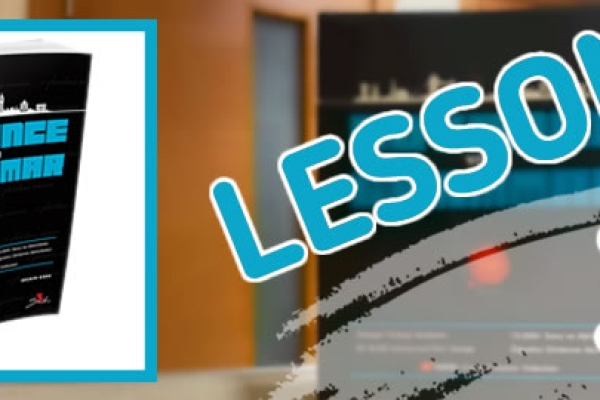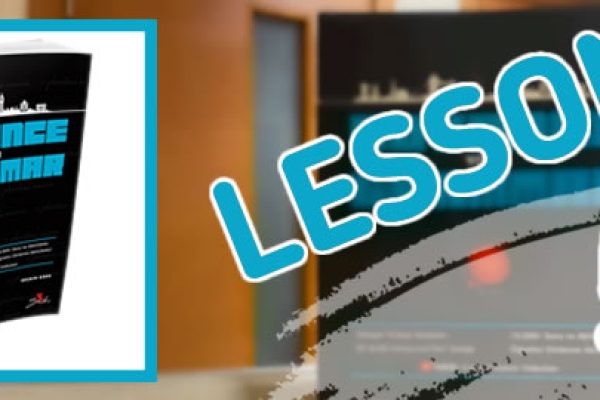Summary Comparison: Time and Place Changes in Reported Speech
In reported speech, time expressions and place references often need to be adjusted to reflect the shift from the speaker’s perspective to the perspective of the person reporting the speech. This change in time and place helps make the reported speech sound natural and accurate according to the new context. These modifications ensure that the message remains coherent, considering the time and place of the report.
1. Time Changes in Reported Speech:
1.1 Now → Then
In direct speech, the word now is used to refer to the present moment. In reported speech, now changes to then to reflect the fact that the report is being made in the past.
-
Example:
Direct speech: I am busy now.
Reported speech: He said that he was busy then.
Explanation: The time expression now is replaced with then in reported speech to indicate that the action or situation happened in the past when the reporting takes place.
1.2 Today → That Day
In direct speech, today is used for the current day. In reported speech, today changes to that day to show that the reported speech refers to a specific day in the past.
-
Example:
Direct speech: I am going to the store today.
Reported speech: She said that she was going to the store that day.
Explanation: Today changes to that day because the statement is being reported after the event, which changes the perspective of time.
1.3 Tomorrow → The Next Day / The Following Day
In direct speech, tomorrow refers to the day after the current day. In reported speech, tomorrow changes to the next day or the following day to reflect that the report is made after the day in question.
-
Example:
Direct speech: I will go to the doctor tomorrow.
Reported speech: She said that she would go to the doctor the next day.
Explanation: Tomorrow changes to the next day or the following day because the report is made after the intended time.
1.4 Yesterday → The Day Before
In direct speech, yesterday refers to the day before the current day. In reported speech, yesterday is replaced with the day before.
-
Example:
Direct speech: I saw her yesterday.
Reported speech: He said that he had seen her the day before.
Explanation: The word yesterday changes to the day before in reported speech to reflect that the event happened before the moment of reporting.
2. Place Changes in Reported Speech:
2.1 Here → There
In direct speech, here refers to the place where the speaker is at the moment. In reported speech, here changes to there to indicate the location of the action from the reporter's perspective.
-
Example:
Direct speech: I am sitting here.
Reported speech: He said that he was sitting there.
Explanation: Here changes to there in reported speech to reflect the shift in perspective, as the location is now described from the viewpoint of the person reporting the speech.
2.2 This → That
In direct speech, this is used to refer to something near the speaker. In reported speech, this changes to that to indicate that the reference point has shifted.
-
Example:
Direct speech: This book is interesting.
Reported speech: She said that that book was interesting.
Explanation: This changes to that in reported speech because the speaker is no longer in close proximity to the object, and the reporter describes it from a different perspective.
2.3 These → Those
In direct speech, these refers to things that are close to the speaker. In reported speech, these changes to those to reflect the change in perspective regarding the proximity of the items.
-
Example:
Direct speech: These chairs are uncomfortable.
Reported speech: He said that those chairs were uncomfortable.
Explanation: These changes to those in reported speech to show the shift in distance or perspective, as the report is being made from a different location.
3. General Guidelines for Time and Place Changes in Reported Speech:
-
Now → Then
-
Today → That day
-
Tomorrow → The next day / The following day
-
Yesterday → The day before
-
Here → There
-
This → That
-
These → Those
These changes ensure that the report accurately reflects the time and place from the perspective of the reporter, and not from the original speaker’s point of view.








